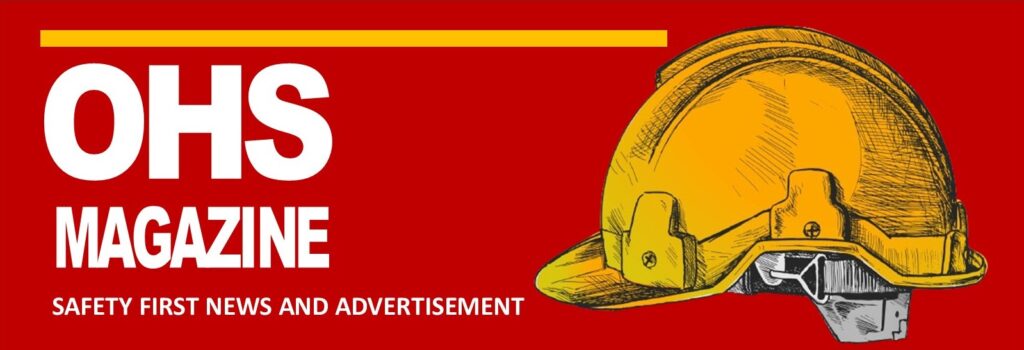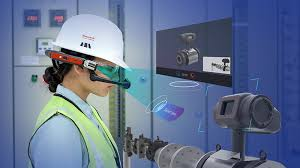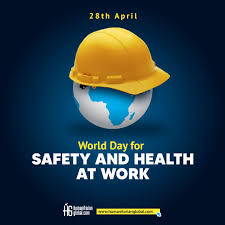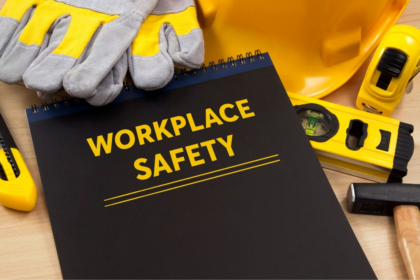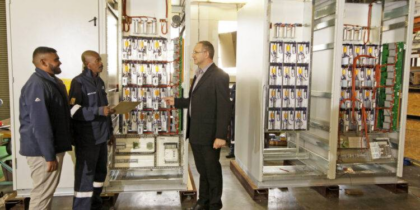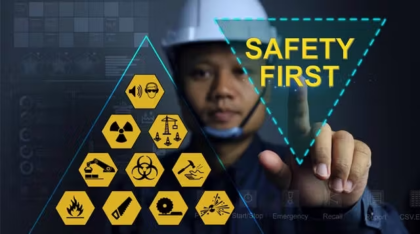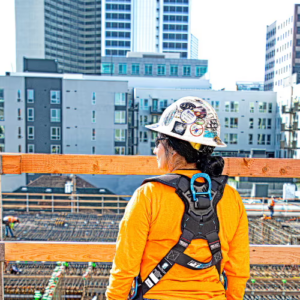Advancements in Wearable Safety Technology Enhance Workplace Safety. In an era where ensuring the well-being of every individual in the workforce is paramount, the realm of occupational health and safety witnesses groundbreaking innovations. Among these, wearable safety technology emerges as a beacon of hope, revolutionizing the landscape of workplace safety with its latest advancements. From smart helmets to vests and glasses embedded with cutting-edge sensors, these wearable devices are redefining the standards of safety in various industries.
This surge in wearable safety tech represents a significant leap forward in safeguarding workers against potential hazards and mitigating risks in real-time. Gone are the days of relying solely on manual inspections and reactive measures; these innovative devices empower both employees and employers with proactive insights into occupational safety.
One of the most remarkable advancements in this domain is the integration of sensors within wearable devices. These sensors are designed to monitor various aspects of the work environment, including temperature, air quality, noise levels, and even biometric data such as heart rate and body temperature. By continuously gathering and analyzing this data, these devices provide invaluable insights into potential safety hazards, allowing for timely intervention and risk mitigation.
Smart helmets equipped with augmented reality (AR) displays offer workers real-time visualizations of their surroundings, along with vital safety information overlaying their field of view. This not only enhances situational awareness but also provides on-the-spot guidance on safe work practices, ultimately reducing the likelihood of accidents and injuries.
Similarly, vests embedded with sensors can detect and alert workers to the presence of hazardous substances or dangerous levels of radiation, ensuring prompt evacuation or appropriate protective measures. Furthermore, wearable glasses with integrated sensors and cameras enable workers to document safety hazards or incidents, facilitating comprehensive incident reporting and analysis for continuous improvement.
The adoption of wearable safety technology is not limited to specific industries but spans across a diverse range, including construction, manufacturing, healthcare, and logistics. In construction, for instance, smart helmets equipped with fall detection sensors can automatically trigger alerts in the event of a slip or fall, enabling swift assistance and medical intervention.
Moreover, the benefits of these advancements extend beyond immediate safety concerns to encompass long-term health and well-being. By promoting safer work practices and minimizing occupational hazards, wearable safety technology contributes to reducing workplace-related injuries, illnesses, and absenteeism, thereby enhancing overall productivity and employee satisfaction.
However, amidst the excitement surrounding these technological innovations, challenges such as data privacy, interoperability, and user acceptance warrant careful consideration. As organizations navigate the integration of wearable safety technology into their safety protocols, it is imperative to prioritize transparency, user training, and continuous evaluation to ensure the effective and ethical use of these devices.
In conclusion, the latest advancements in wearable safety technology represent a paradigm shift in occupational health and safety, empowering workers and employers alike to create safer and healthier work environments. As these innovations continue to evolve, their potential to revolutionize workplace safety and improve the lives of workers across industries remains unparalleled. Embracing these advancements with diligence and foresight is not just a necessity but a testament to our commitment to safeguarding the well-being of every individual in the workforce.
